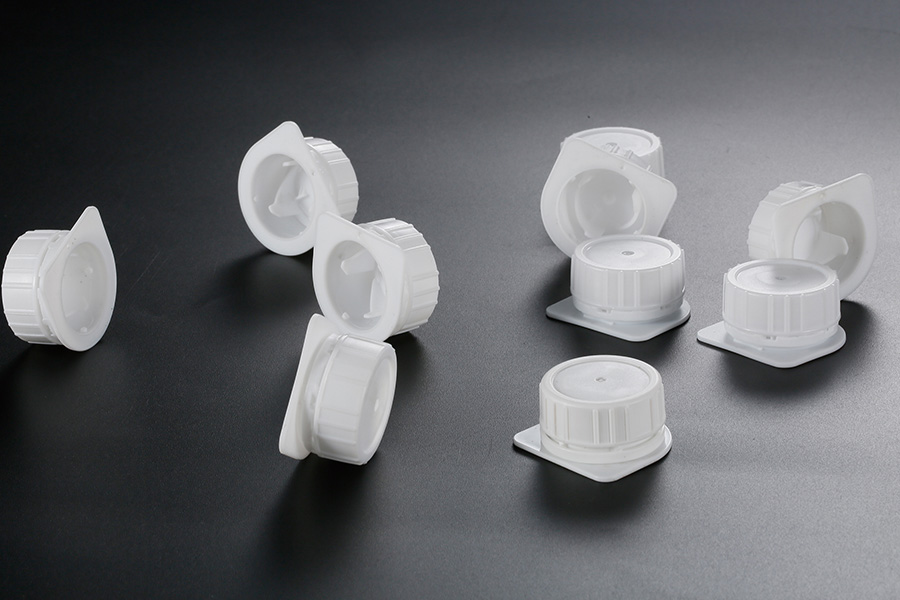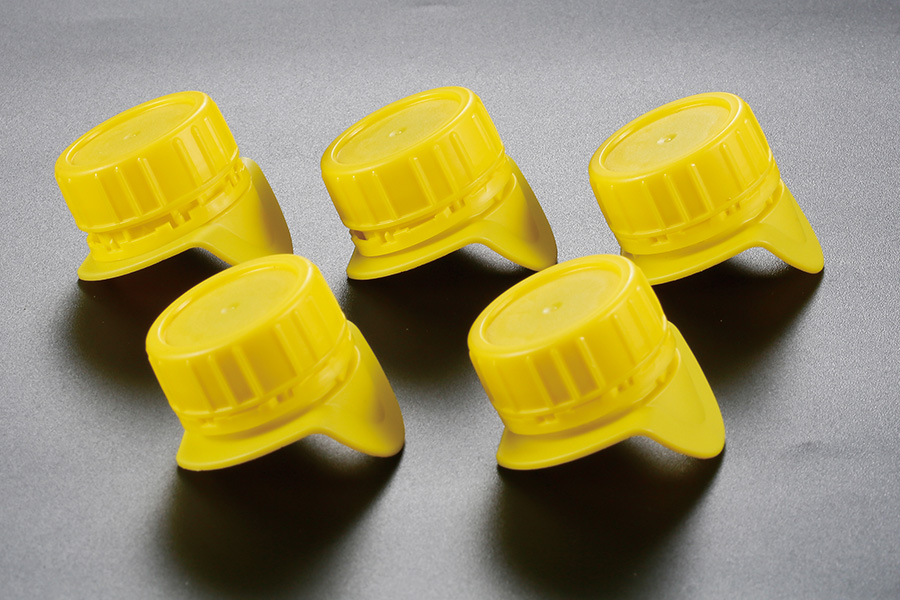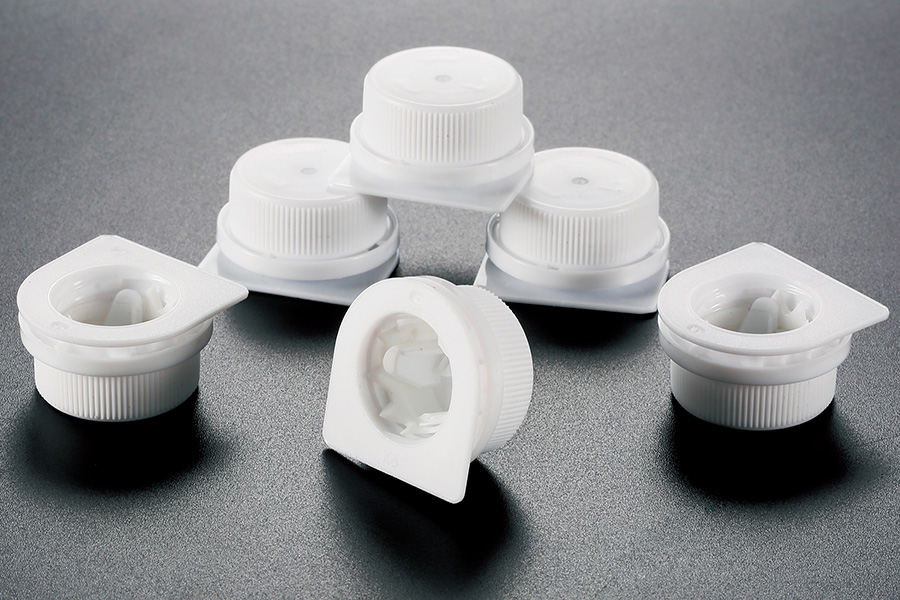The juice industry continues to evolve, driven by changing consumer preferences and advances in packaging technology. Among the key elements shaping this evolution is the design of the plastic beverage cap. This seemingly simple component plays a vital role in product safety, user convenience, and brand differentiation. Understanding current packaging trends can provide valuable insights into how cap design is adapting to meet the demands of the juice market.

One prominent trend in juice packaging is the increased focus on freshness preservation. Consumers expect their juice to retain its original flavor and nutritional quality from production to consumption. This expectation drives the need for a reliable seal for bottle cap systems. The seal for the bottle cap not only prevents leakage but also acts as a barrier against air and contaminants, which can degrade juice quality. Manufacturers are therefore investing in improved sealing technologies to ensure the plastic beverage cap maintains the product’s integrity throughout its shelf life.
Another significant trend is convenience. Modern consumers advance busy lives and seek packaging that allows easy access and resealing. The plastic beverage cap design now often incorporates features such as one-step opening and reclosability. These attributes enable users to open the bottle quickly and securely reseal it, reducing waste and improving the drinking experience. The seal for the bottle cap plays a crucial role here by providing a secure but user-friendly closure that can withstand multiple opening and closing cycles without losing effectiveness.
Sustainability is also influencing cap design in the juice industry. With growing environmental awareness, both consumers and companies are pushing for packaging solutions that reduce plastic use and enhance recyclability. Lightweight plastic beverage caps are becoming more common, requiring less raw material without compromising the seal for bottle cap quality. Innovations in materials and design aim to balance durability with environmental impact, creating caps that are easier to recycle or made from recycled content. This shift towards greener solutions is shaping how manufacturers approach cap production and material selection.
Customization and branding continue to be powerful factors driving cap design innovation. A plastic beverage cap is more than just a functional element; it is also an opportunity to convey brand identity and attract consumers. Color, texture, and shape can be tailored to complement the juice brand, while the seal for bottle cap ensures consistent quality. Caps with unique designs or ergonomic features can enhance shelf appeal and user satisfaction, making them important tools in a competitive market. Juice companies increasingly collaborate with cap manufacturers to develop distinctive closures that align with their marketing strategies.
The rise of premium and functional juice products is creating new demands for cap technology. Juices enriched with vitamins, probiotics, or organic ingredients often require packaging that safeguards sensitive contents. The plastic beverage cap must provide a reliable seal for bottle cap to prevent contamination and oxidation. Some caps incorporate specialized liners or seals that offer additional protection. Furthermore, the cap may need to be compatible with tamper-evident features, reassuring consumers about product safety. These technical requirements challenge designers to develop caps that meet high standards without sacrificing usability.
In recent years, e-commerce growth has also affected packaging trends in the juice industry. Shipping and handling conditions call for caps that maintain a strong seal for bottle cap integrity during transport. Plastic beverage caps are designed to resist impacts, temperature fluctuations, and pressure changes that occur in distribution channels. This ensures that juices arrive in good condition to consumers, reinforcing brand reliability. Packaging designers work closely with supply chain experts to test and validate cap performance under various logistics scenarios.
Another factor influencing cap design is regulatory compliance. The juice industry is subject to strict food safety standards that impact packaging materials and sealing methods. Plastic beverage caps must be produced using food-grade materials and meet specific hygiene and safety criteria. The seal for bottle cap is a critical element in maintaining compliance, as inadequate sealing can advance to product spoilage or contamination. Regulatory requirements encourage continuous improvement in cap manufacturing processes and quality control measures.
Consumer feedback plays a significant role in shaping packaging trends. Many juice producers actively gather insights about user preferences related to cap design. Issues such as difficulty opening bottles, accidental spills, or lack of resealability guide refinements in plastic beverage cap engineering. The seal for bottle cap is frequently tested in usability trials to balance tightness with ease of use. By responding to consumer needs, manufacturers can enhance satisfaction and build brand loyalty.
Technological advances also contribute to evolving cap designs. Computer-aided design (CAD) and simulation tools allow precise modeling of plastic beverage caps and their sealing performance. These tools help optimize the seal for bottle cap characteristics, such as compression force and material deformation. Rapid prototyping accelerates development cycles, enabling faster introduction of innovative caps to the market. Manufacturing techniques such as injection molding have improved, allowing for complex geometries and multi-function closures that integrate sealing and dispensing features.
In conclusion, packaging trends in the juice industry are strongly influencing the design of plastic beverage caps. Focus areas such as freshness preservation, convenience, sustainability, branding, premium product protection, logistics resilience, regulatory compliance, consumer input, and technology all shape the evolution of cap designs. The seal for bottle cap remains central to ensuring product safety and quality, balancing secure closure with user-friendliness. As the juice market continues to grow and diversify, cap design will remain a critical factor in packaging innovation and consumer satisfaction.


 English
English  русский
русский عربى
عربى



